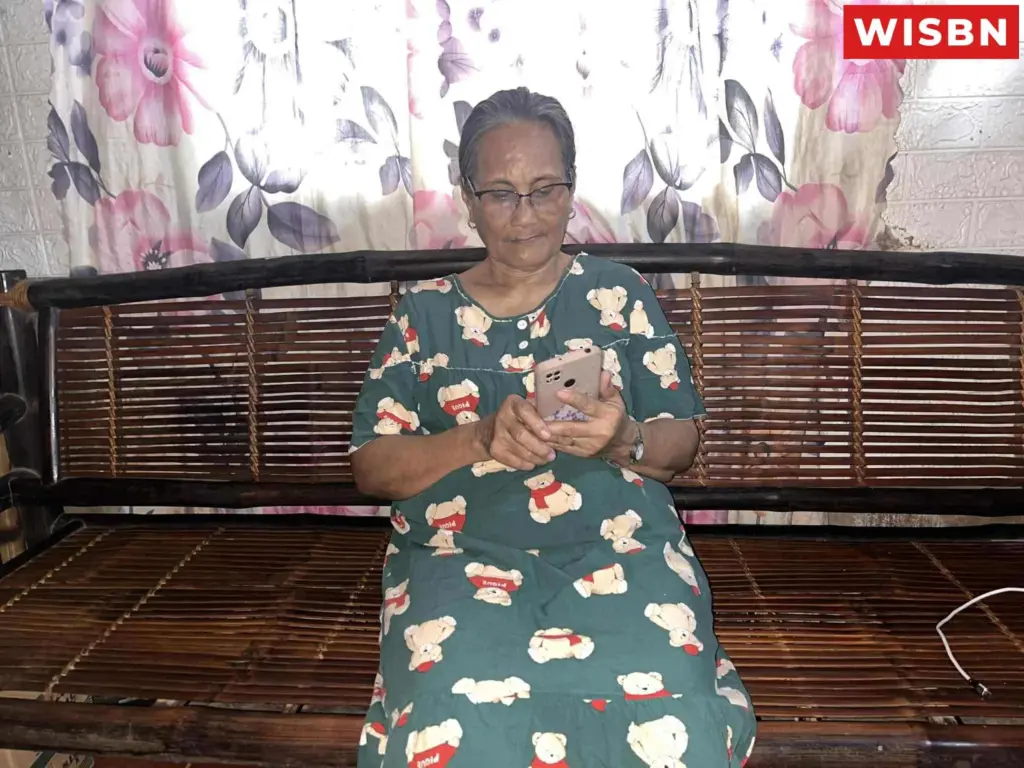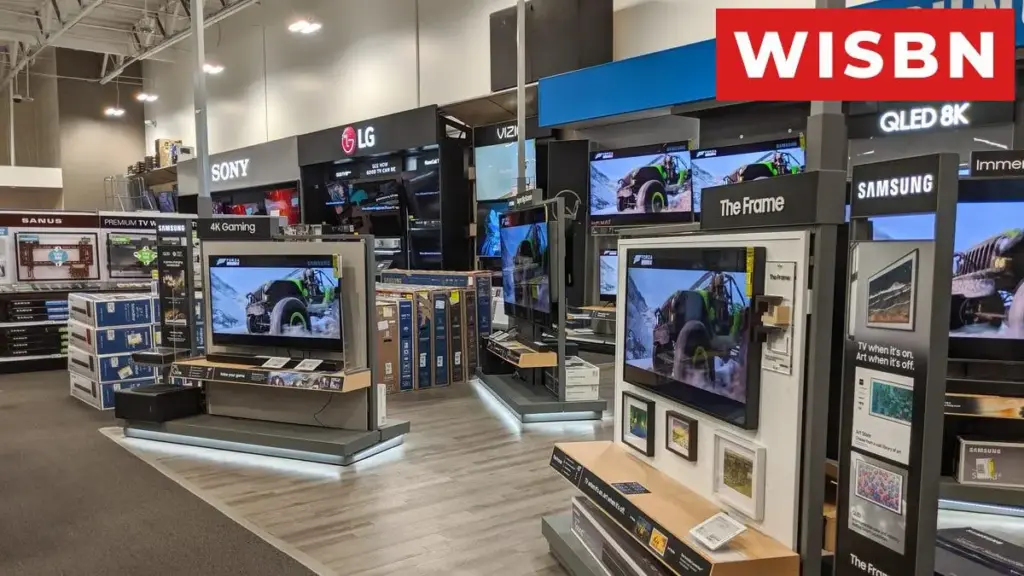For about two years now, 67-year-old Paz Deocariza has been using a mobile phone. She often uses Facebook Messenger to talk with her eldest daughter, who is currently working in Saudi Arabia, and with her grandchildren who are studying in Albay.
She also uses her phone to amuse herself on social media platforms like YouTube and Facebook.
As one of roughly 1.5 million elderly Filipinos listed in the Department of Information and Communications Technology (DICT) database, Paz could be viewed as a digital success for her generation. She is among the fortunate seniors whose quality of life has been enhanced by modern technology.
Yet in a country where much of everyday life has moved online, the vast majority of older Filipinos are left behind. A 2021 study by the Philippine Institute for Development Studies (PIDS) found that only 18% of Filipinos aged 65 and older possess at least one basic information and communication technology (ICT) skill, such as using email, sending text messages, or surfing the web.
In Paz’s situation, it was her family that helped her close the digital divide. A resident of Barangay Pating, Masbate City, she once lived with two granddaughters whom she raised as if they were her own children.
But both are now attending college in the neighboring province of Albay. Since then, technology has served as both a lifeline and a hurdle for her.
Personal longing, national problem
Not every senior has the same access to technology as Paz. For millions of Filipino elders, the conveniences offered by gadgets and the internet exist only in stories told by younger relatives — a remote, almost alien reality.
In a modest hut in Barangay Burgos, Daraga, Albay, sisters Honorina and Virginia Lodor live amid towering coconut trees and the steady chirr of crickets. Their dwelling is distant from the town center.
Their sole link to the outside world is a small transistor radio, its plastic casing worn, crackling with static as it picks up AM news and occasional local music. That little device is their only source of information and entertainment.
For Honorina, owning a cellphone would have meant being able to call their siblings in Manila. It would also have been useful whenever they needed assistance.
For example, Honorina recalled, a large snake once entered their hut, and they had to run to their nearest neighbor just to ask for help. Given their age, covering that distance is no longer easy.
If they had a phone, Honorina said, they could have simply called instead of going through all that. “Ayos man kuta kung may cellphone ta maga-angal ka na sana, di na magparaagi,” she explained. (It would be better if we had a phone so we could just call instead of going to places directly.)
There were also times when they were required to complete online forms, so they had to rely on neighborhood children to do it for them because they lacked a device or internet access.
But reality is unkind. The sisters earn a living selling copra, the dried coconut meat used for oil. It’s seasonal work that pays little, barely enough for daily food and basic needs. And though they earn from this, they still need to pay the laborers who help them produce the copra.
In a household with only two seniors trying to get by, an internet connection is not among their everyday priorities.
Reluctant seniors
A study on Filipino seniors’ smartphone usage published by the International Federation for Home Economics found that while elderly Filipinos recognize the importance of smartphones for communication, they “are not very interested” in the phones’ specific features, such as apps, which they find difficult.
Beyond calls and text messaging, the study noted, it is uncommon for seniors to use other smartphone functions. Generally, their interaction with the device is limited to basic mobile phone features. Seniors also struggle to type on digital keypads.
Some elders are hesitant to engage with the digital world at all.
This was the case for Honorina’s sister, 78-year-old Virginia. She is 16 years older than Honorina, and for her, learning to use a mobile phone is an unnecessary burden.
“Kung ako, habo ko na kaan na mga cellphone yan ta maluya na ngani ang mata ko, pati pandungog ko maluya na man,” she said. (Personally, I don’t really want to have things like a cellphone because my eyesight and my hearing are already weak.)
Virginia passed away just a few weeks after the interview.
In Paz Deocariza’s case, the wish to stay connected with family motivated her to close this gap.
Mikaila, one of her grandchildren, said that her grandmother wasn’t on social media during her first year of college. It is much simpler now, Mikaila added, to reach her grandmother during emergencies. Previously, they had to pass messages through other relatives.
Vulnerable offline and online
The DICT has repeatedly warned that as more government services move online — from pension distribution to tax payments — digitally illiterate seniors risk being denied access altogether.
In rural Bicol, where poverty rates exceed the national average, the inability to buy devices or pay for internet access further worsens this exclusion. Despite that, digital literacy among senior citizens in the country remains a significant issue.
But access isn’t the only problem.
When they do go online, lack of digital skills also makes seniors prime targets for online scams. Fraudsters prey on their unfamiliarity with social media.
At a roadshow held at Far Eastern University on September 16, 2025, Renato Paraiso, executive director of the Cybercrime Investigation and Coordinating Center (CICC), said scammers often target senior citizens because of their trust in others, limited digital literacy, and lack of awareness of new scam techniques.
He also highlighted that isolation and loneliness make seniors more vulnerable to emotional manipulation, especially in romance and investment scams.
“Money isn’t the only thing that they lose, they also lose their trust in themselves and their sense of security,” Paraiso said in Filipino, describing the impact of scams on victims.
In 2021, the National Bureau of Investigation (NBI) reported that scammers took anywhere between P1 million and P17 million from their victims.
Targeted by online scammers
CICC data shows that most scam cases come from NCR and Region 4A. There have been 282 recorded incidents where seniors were victimized, most aged around 60 to 69 and active online.
Common scams targeting seniors include phishing, investment fraud, romance scams, lottery schemes, and fake health products. One case Paraiso recalled happened when he was still with DICT.
“One of the grandmothers, because she didn’t know what she was going through, gave her OTPs until the scammers got all of her financial records. I think both her savings and retirement pay were taken,” he shared in Filipino.
An NBI representative from Region V who asked to remain anonymous said that senior citizens should take precautions against scams aimed at them.
“Actually, these scammers really look into the profiles of the senior citizens because they think that they are easier to fool,” the representative said in Filipino.
He advised seniors to be wary of “too good to be true” offers they encounter online, because more often than not, these are scams, particularly when they start asking for money.
Paz Deocariza said she sees fraud like this regularly. For example, one post by a fake influencer page claimed in its caption that they were giving money to lucky commenters. She would believe this and ask in the comments how she could win.
Fortunately, her family warns her that posts like these aren’t real, so she no longer falls for them.
The problem is that not all seniors live with family members who can guide them about scams and fraud.
A lifeline, not an option
The PIDS report, which uses United Nations Sustainable Development Goal indicators, warns that the “digital divide” in the Philippines is not merely a convenience issue; it’s increasingly a matter of survival. From online banking and telemedicine to simply checking weather alerts, an increasing number of essential services are reachable only through smartphones and the internet.
“Digital literacy is no longer optional — it’s a lifeline,” the report stressed.
In an interview, Mary Jean Loreche, chairperson of the National Commission of Senior Citizens (NCSC), said their office has been running advocacy programs, trainings, and seminars on digital literacy to teach seniors the proper use of technology, including social media use and how to avoid online scams.
She said one of the key challenges their programs face is keeping the elderly engaged. “Maybe, [this can be done] by providing areas or booths in malls, academic institutions, or anywhere [where there is an] internet connection for them to learn,” she added.
To shield seniors from online scams, Loreche also said they have partnered with the National Privacy Commission to develop programs that will educate the elderly about cybersecurity.
The digital revolution holds promise for opportunity and connection, but until digital literacy is widespread and connectivity affordable, many Filipino seniors will remain on the margins, watching the world race ahead.
Hershey Juan is a fourth-year journalism student at Bicol University. An Aries Rufo Journalism Fellow for 2025, she is also a public relations staff member of the Bicol Universitarian.
See also: Key Insights From Variety’s Entertainment Technology Summit



